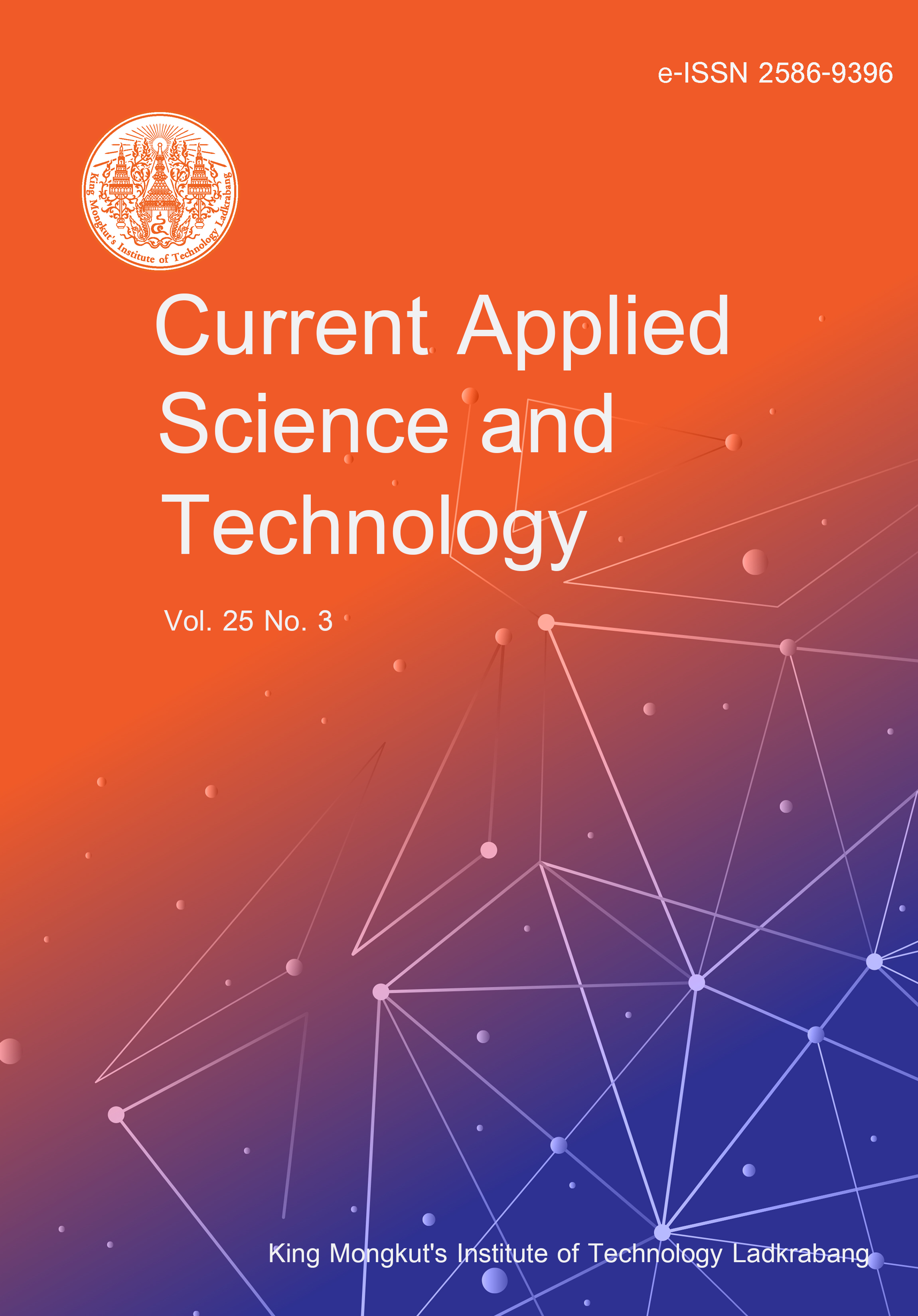In this study, the quality of some pepper species, collected in Ba Ria – Vung Tau, Vietnam in March 2022, was investigated. The content of oleoresin and piperine was evaluated based on the species, size, ripeness, and density of the peppercorn. Piperine content in the peppers was determined by spectrophotometry (UV-Vis) and high-performance liquid chromatography (HPLC). In addition, the study also examined the quality of white pepper. The results showed the Vinh Linh pepper had high oleoresin content (23.72±0.01%, second only to Sri Lankan pepper) but there were no outstanding records in piperine content among all investigated pepper species. For the size parameter, the piperine content on the dry material declined from the smallest peppercorn size of 2.50-4.00 mm (4.94±0.32%) to the largest size > 5 mm (2.66±0.09%). The oleoresin and piperine recovery efficiency of Vinh Linh pepper tended to stop or decrease when entering the ripening stage. Specifically, ripe peppercorns had low oleoresin content (15.92±0.51%). Similarly, from density of 600 to 300 g/L, the lower the density of pepper, the higher the piperine content (3.11±0.09% to 5.04±0.05%) was found. Furthermore, black pepper obtained 2 times higher oleoresin content than white pepper, but the piperine content was lower by many times. This research shredded light on the classification of the Vietnamese pepper for suitable applications in the commercial market.
Le, X. ., Pham-Vu, M. undefined. ., Tran, A. undefined. ., Nguyen, T. N. ., & Duong-Nguyen, H. undefined. . (2025). Evaluation of Peppercorn Quality from Ba Ria - Vung Tau, Viet Nam. CURRENT APPLIED SCIENCE AND TECHNOLOGY, e0261624. https://doi.org/10.55003/cast.2025.261624

